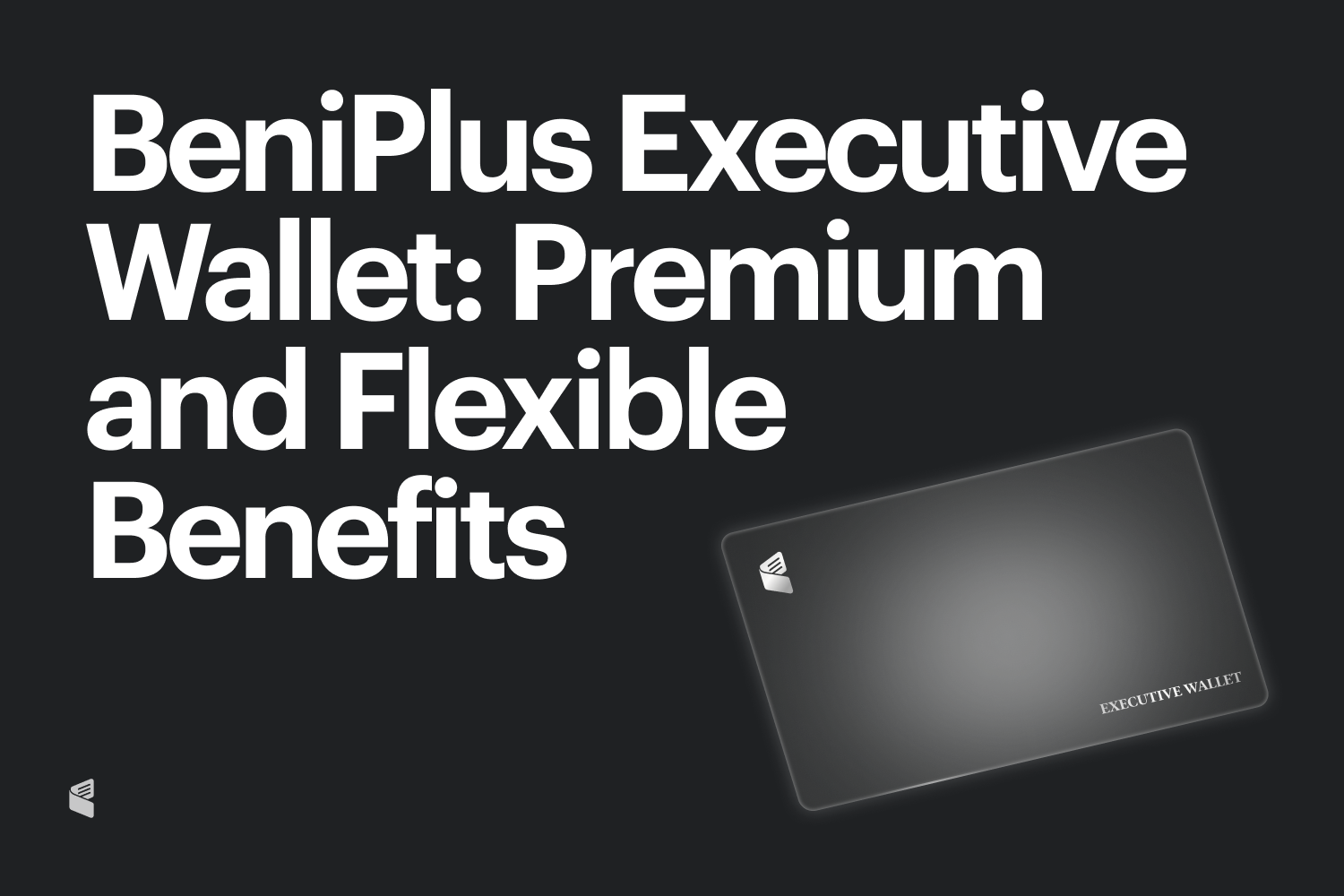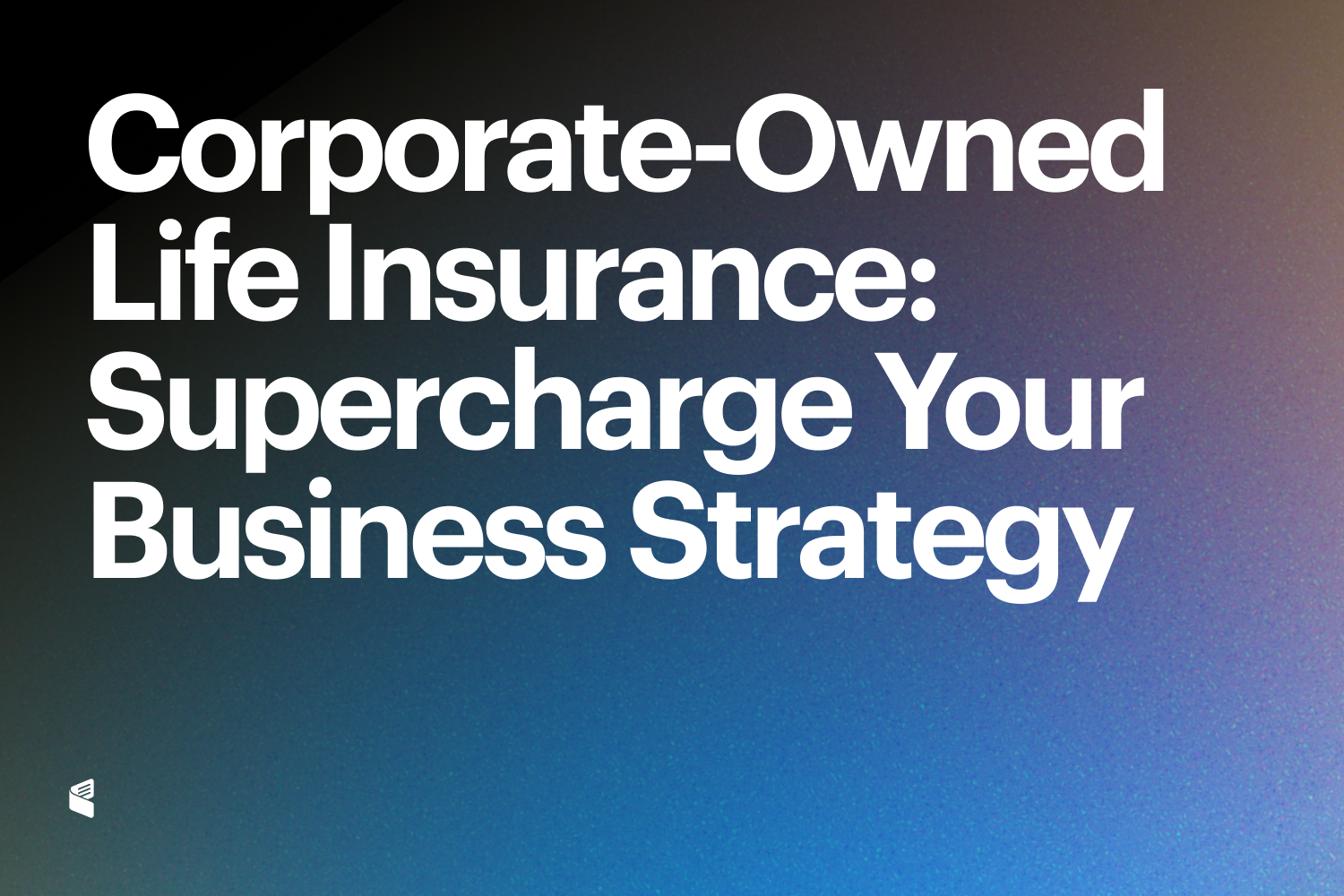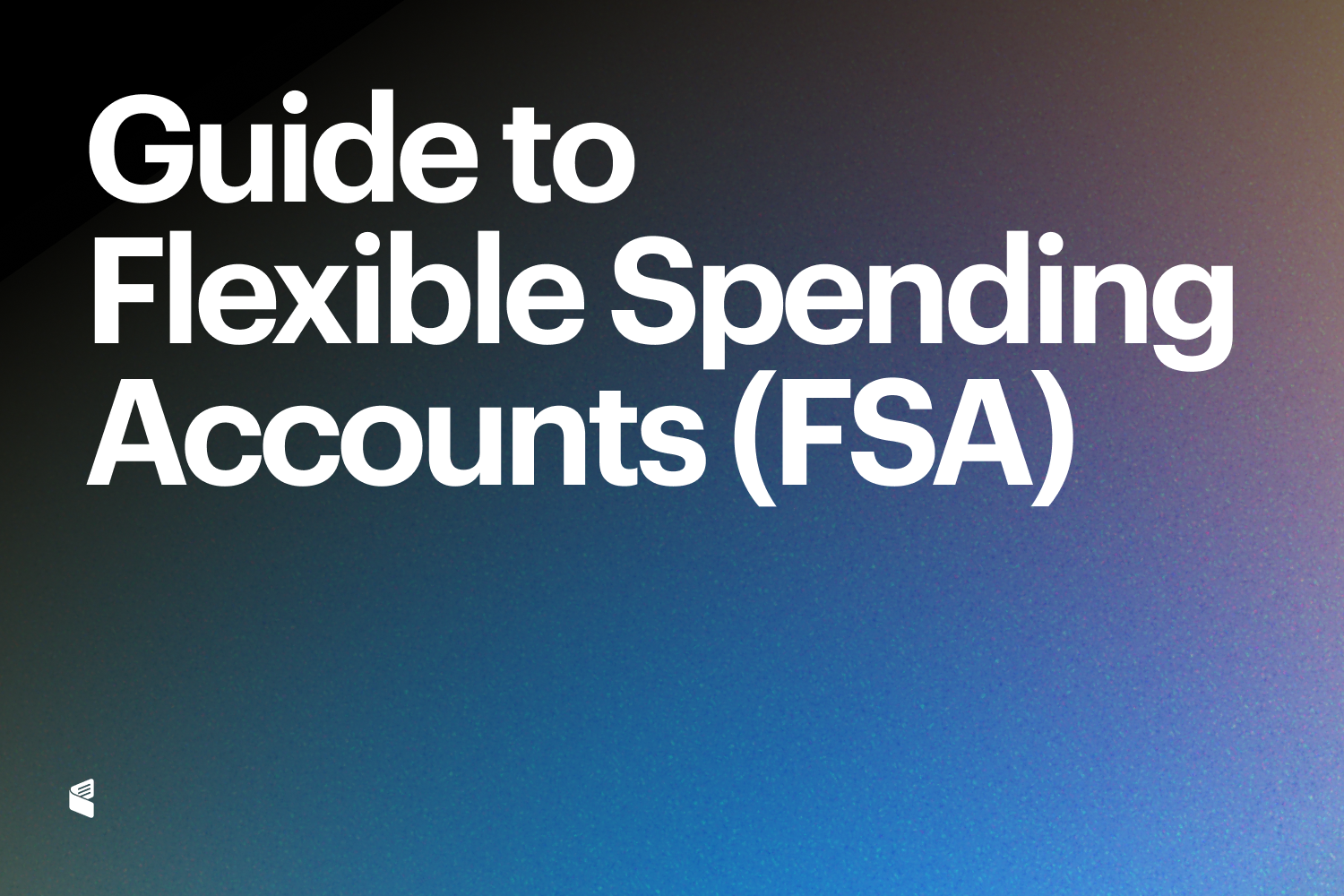How Benefits Help Small Businesses Hire and Retain Employees

Employee hiring and retention is a big issue for any business, whether small or large.
Employees can make the difference between success and failure. Getting and keeping the right people is a recognized challenge. And it’s not just one of the biggest challenges for management, for many companies, it’s their top issue.
Turnover is a Top Business Challenge
“47% of HR leaders cite employee retention and turnover as their top workforce management challenge, followed by recruitment and corporate culture management.”
2018 SHRM/Globoforce Employee Recognition Report
Valuable Recruiting Tool
Benefits are one of the most important tools that businesses use to attract and retain employees. The fact is that employees consider group benefits to be very valuable. According to JungoHR, “(group benefits) is the second-most valuable tool for recruiting good staff, after salary.”
Hiring and retention is becoming more difficult. According to Allegis Group, "83% of employers believe attracting and retaining talent is a growing challenge.”
This article will help you learn:
- How benefits help small businesses hire and retain employees.
- What different generations want in benefits.
- How to provide a benefits package that won’t break your budget.
More Focus on Employee Benefits
If you want to be better at attracting new hires, you need to think about benefits for employees. Equitable Life of Canada research has found that “three-quarters of employers with between 20 and 100 employees offer some type of health benefits and that number rises to 93 percent for employers of between 100 and 500 employees.” That means that there’s lots of opportunity for small businesses to increase their ability to attract new employees – with offering benefits.
51% of employers say using health and wellness benefits to maintain employee loyalty and retain talent will become even more important in the next 3 to 5 years.
MetLife's 16th Annual Employee Benefit Trends Study 2018
With the competition for employees, many companies are recognizing that it’s essential for them to use benefits to effectively compete in hiring and retention.
What’s Important for Employees?
Surveys are finding that employees are very interested in company benefits. According to a Glassdoor survey, “employees are more interested in benefits than a pay raise”. If you want better retention of your employees, you need to consider benefits.
In another study, ADP Canada found that, “over three quarters of Canadian workers (77 per cent) say they would consider jumping ship if, all other things being equal, another employer offered retirement support.”
Generational Differences
With each generation, they value and consider things differently. When considering your strategy for offering benefits, it’s important to know that each generation looks at benefits differently.
Here’s a quick look at the things that each generation values in a benefits package:
- Baby boomers value their salary as well as group health insurance and retirement plans.
- While Gen Xers value their salary, they also value a group RRSP, job security, opportunities for advancement and work-life balance.
- Millennials value benefits choices, paid time off and flexibility in the workplace, including the ability to work remotely and flexible schedules.
Here’s a deeper dive into how each of the generation looks at group benefits plans.
Baby Boomers
They are between 55 and 75 years old.
Baby Boomers are still in the workforce are in their final years of working. Many of them are focused on saving for retirement more than anything else. They are more focused on their health than ever before and the greater the health coverage, the better.
Gen X
They are between 40 and 54 years old.
Gen Xers are known for being practical workers who are actively planning for their retirement. Even though many of them are planning and saving for retirement, many still have decades left before they retire.
Benefits that help them to achieve their retirement savings goals are considered to be very valuable.
Gen Xers are becoming increasingly aware of their mortality and facing more health challenges. Benefits that enable them to care for their health and the health of their loved ones are considered very valuable.
Gen Y (also known as Millennials)
They are between 24 and 39 years old.
Gen Yers have a greater sense of entitlement towards worker benefits than those of older generations. They are very interested in non-medical and wellness benefits, which include things like massages and gym memberships. They will often make sure that they use up all of their discretionary spending for these types of benefits.
According to Forbes, “They want employers who take their health seriously.” Marilee Mark, vice-president of market development, group benefits, with Sun Life Financial Canada, has found the following:
“…choice is key for Gen Yers. They want more voluntary benefits beyond the traditional benefits to choose from. Seventy percent of Gen Y plan members surveyed in the Sun Life research support this thesis: they prefer a flexible benefits plan to a traditional one.
the next generation of benefits plans
Millennials are very interested in employee benefit plans. According to Glassdoor, “89% of Millennials prioritize benefits over pay raises, and 83% of Millennials would change their job for better benefits.” It’s very important to know that for Millennials, it’s benefits that fit what they want. They are very interested in benefits that meet their needs. They want customizable employee benefits.
Note: one of the unique things that Millennials are interested in, is using benefits to help them to pay off their student loans.
The Changing Workplace
The workplace is changing. There cultural values of the workforce and the employer are changing.
According to Marilee Mark, VP of Marketing Development and Group Benefits, with Sun Life Financial Canada, “Progressive employers are now thinking of benefits beyond something they offer to fulfill standard expectations. They’re looking at them more as a means to develop a more engaged, healthy and productive workforce.”
Benefits Without Breaking the Budget
So how does an employer, especially a small business, provide benefits that will help to attract and retain employees?
The following are two key factors that will help ensure a successful benefits strategy:
Reasonable budget
- Most small businesses don’t have a significant budget for benefits. Benefits need to have a reasonable cost in order to be considered. It’s essential to have benefits that won’t break the budget.
Flexibility
- Just having benefits may not be enough for many employees. They want their benefits package to fit their lifestyle and goals. Small businesses want a benefits package so their employees will use it. They do not want to waste money on benefits no one uses.
Flexible Spending Account
A Flexible Spending Account (FSA) helps small businesses provide flexible benefits that can help meet the diverse needs and wants of all generations of employees. An FSA includes a Healthcare Spending Account however, it has more options for an employee to spend their benefit dollars.
With an FSA, an employer gives each employee a maximum fixed dollar amount that the employee can choose to spend. They spend it however they want, as long as it’s within one of the five benefit categories. The categories are as follows:
Medical Costs
- This is for standard medical expenses, such as doctor, dentist, and drugs.
Personal Insurance
- An employee can choose to get or top up a variety of types of individual insurance including life insurance, disability insurance or critical illness insurance.
Wellness Spending
- Wellness spending includes non-standard medical expenses, such as massage, chiropractic, gym memberships and much more.
Retirement Savings
• This enables your employees to add to their RRSP. Additionally, they can use this to pay off their school loans too.
Charitable Giving
- An employee can choose to give from their benefits account to any charity registered with the Government of Canada.
For a small business, combining a Flexible Spending Account with group insurance for employees provides a very competitive group benefits package.
The Business Edge with Flexible Benefits
As a small business, you want to be able to attract and hire the best employees. You need a quality benefit plan to do that. You also need benefits that have the flexibility to meet the individual needs of your employees, no matter what their age or life circumstances are. A flexible spending account enables you to do that.
Find out more about how you can provide the group benefits for small business that will enable you to control your costs. Talk to BeniPlus about how a Flexible Spending Account can help you achieve your business goals.
Build your plan for free
Get started today by building your plan. No upfront payments. No long-term commitments. Entirely pay-as-you-go. You won't incur any costs until your team submits a claim.





